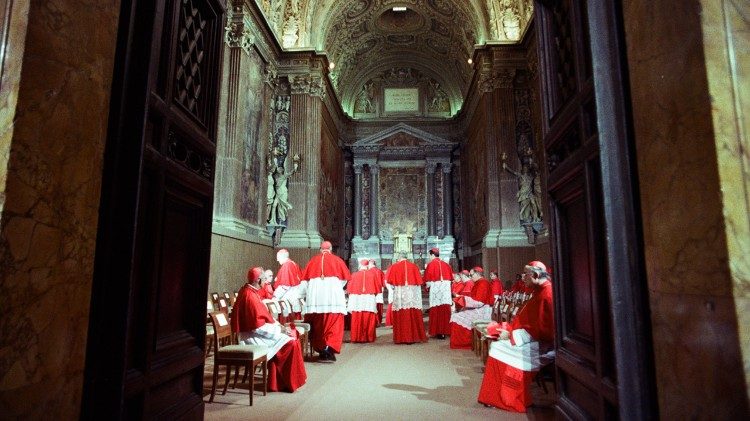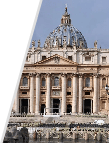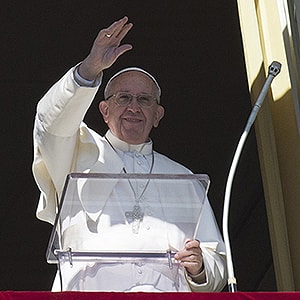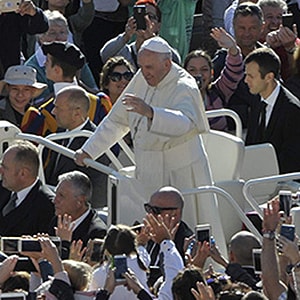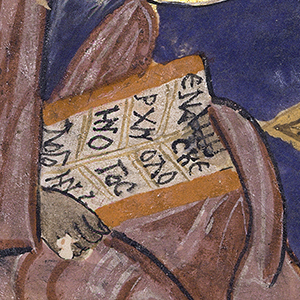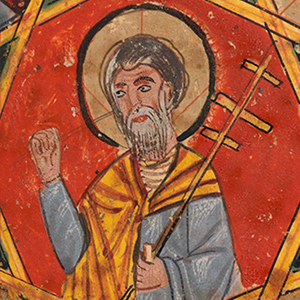
Upcoming conclave will be first with more than 120 Cardinal electors
By Tiziana Campisi and Kielce Gussie
A confirmed 133 Cardinals will participate in the upcoming conclave to elect the next Successor of St. Peter.
Based on a paragraph in the Apostolic Constitution Universi Dominici Gregis (UDG), the limit of voting cardinals is 120—13 fewer than what the College of Cardinals has announced will be participating next week.
However, the number of Cardinals in the College has often exceeded the limit, despite the regulations laid down in UDG.
A tradition in the making?
It was on October 1, 1975 that Pope Paul VI first established the rule that the “maximum number of cardinal electors shall not exceed 120” in the Apostolic Constitution, Romano Pontifici Eligendo. Prior to this, in the consistory of 1969, the College of Cardinals reached 134 electors.
Despite Pope John Paul II confirming the rule limiting the number to 120, recent Popes have created more Cardinals, exceeding this number.
This was the case on four occasions for the Polish Pope: in the Consistory of June 28, 1988 (160 Cardinals, of which 121 were electors and 39 non-electors), February 21, 1998 (165 Cardinals, of which 122 were electors and 43 non-electors), February 21, 2001 (183 Cardinals, of which 136 were electors and 47 non-electors), and October 21, 2003 (194 Cardinals, of which 134 were electors and 60 non-electors).
After Pope John Paul II’s death, the conclave opened on April 18, 2005 with the College of Cardinals consisting of 183 Cardinals—117 electors and 66 non-electors.
Staying under the limit
This continued with Pope Benedict XVI, who exceeded the 120 number of Cardinal electors on two occasions: in the Consistory of November 20, 2010 (203 Cardinals, of which 121 were electors and 82 non-electors), and February 18, 2012 (213 Cardinals, of which 125 were electors and 88 non-electors).
When he resigned in 2013 and with the ensuing conclave, the College of Cardinals consisted of 207 Cardinals—only 117 were electors.
Pope Francis followed suit and made the College number greater than 120 in 10 consistories:
· February 22, 2014 (218 Cardinals: 122 electors, 96 non-electors)
· February 14, 2015 (227 Cardinals: 125 electors, 102 non-electors)
· November 19, 2016 (228 Cardinals: 121 electors, 107 non-electors)
· June 28, 2017 (225 Cardinals: 121 electors, 104 non-electors)
· June 28, 2018 (226 Cardinals: 125 electors, 101 non-electors)
· October 5, 2019 (225 Cardinals: 128 electors, 97 non-electors)
· November 28, 2020 (229 Cardinals: 128 electors, 101 non-electors)
· August 27, 2022 (226 Cardinals: 132 electors, 94 non-electors)
· September 30, 2023 (242 Cardinals: 137 electors, 105 non-electors)
· December 7, 2024 (253 Cardinals: 140 electors, 113 non-electors)
Exceptions can happen
Despite a history of exceeding the limit, this 2025 conclave will be the first time one will take place with more than 120 Cardinal electors.
The College of Cardinals released a declaration on April 30, recognizing the right of all 133 electors to participate in the upcoming conclave and determining that the legislative provision of UDG had been tacitly dispensed from by Pope Francis when the set limit was surpassed.
Universi Dominic Gregis, article 36 states, “A Cardinal of the Holy Roman Church who has been created and published in a consistory has, by that very fact, the right to elect the Pope.”
The Apostolic Constitution adds that any Cardinal who has not been canonically deposed or has not “renounced the cardinalate with the consent of the Roman Pontiff” may partake in the election of the new Pope of the Catholic Church.
Thank you for reading our article. You can keep up-to-date by subscribing to our daily newsletter. Just click here

